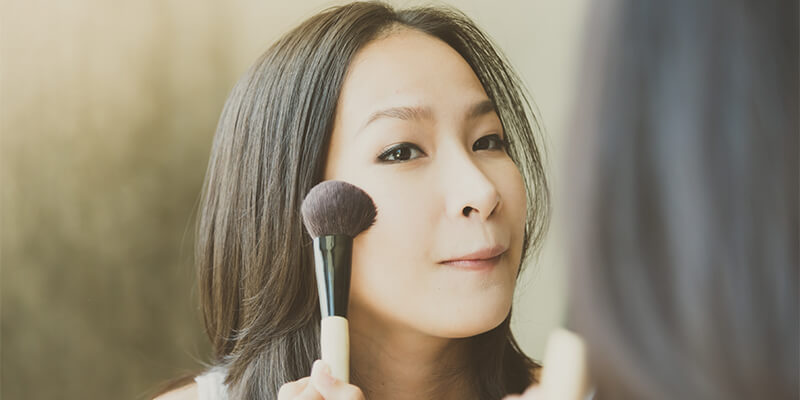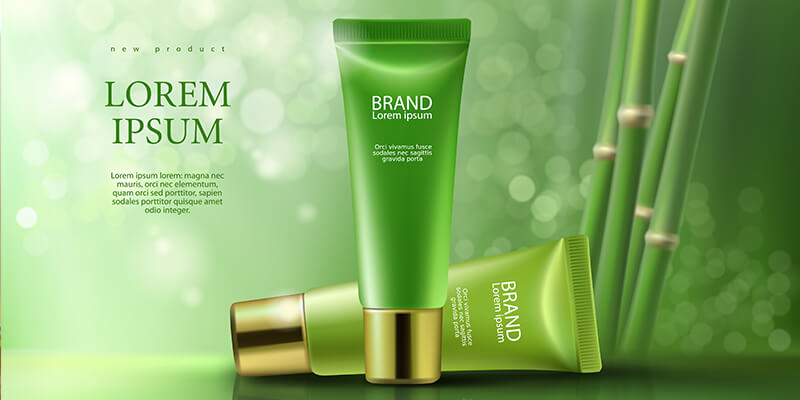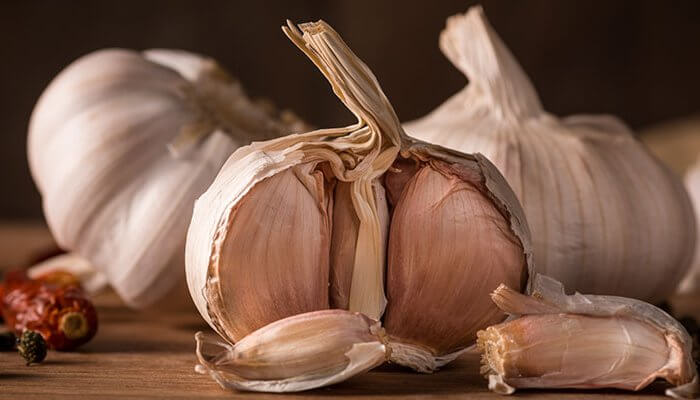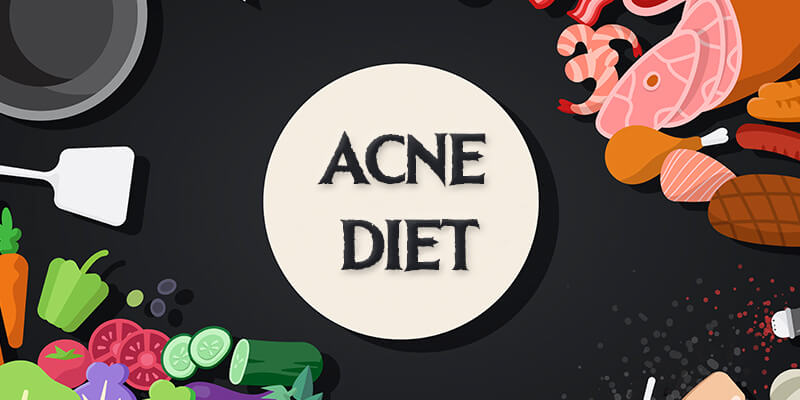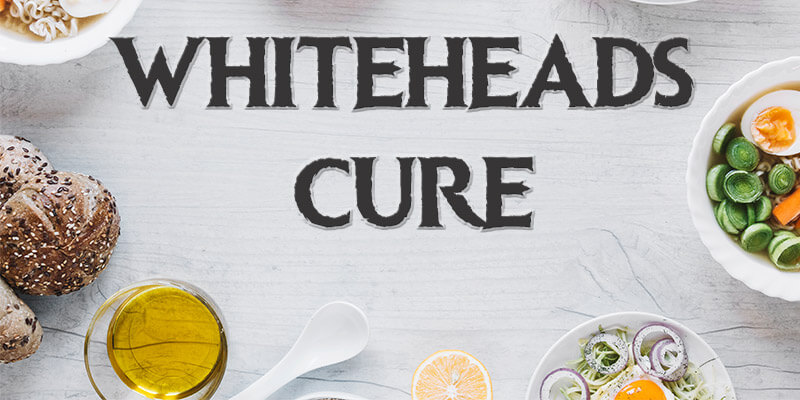Recent Posts
Honey – The Miracle Aid for Acne
There are two types of honey that are thought to be good for acne, pimples and skin breakout. Manuka honey and Raw honey. Manuka honey is the honey that is extracted from pollen in Manuka bushes found in New Zealand and Australia, these are also […]
How Garlic can help your skin to fight with cystic acne?
Garlic and especially raw garlic is an incredible source of most of the vitamins that are needed in order to fight cystic acne. For instance, vitamin B6, vitamin C, selenium and zinc are all contained in garlic. Thus the reasons that garlic is good for […]
Free Radicals and Acne
Acne and its treatment have baffled both scientist and the lay person for many years. On the face of it (no pun intended) it should be fairly easy to treat but even for people that have the most rigorous facial routines and medication breakouts keep […]
Aloe Vera with kitchen items For Acne Treatment
Acne Vulgaris breakouts can happen any time and anywhere, it is indiscriminate and normally happens for no obvious reason. However, by using some simple home acne treatment with everyday objects such as honey, apple cider vinegar and garlic, you can give your skin a boost […]
The Cystic Acne Diet
Although not life-threatening or necessarily critical, cystic acne is possibly one of the most emotionally stressful and draining conditions that people suffer around the world. It truly makes people suffer agonizing pain every day globally. Therefore, if medications and so forth are not working, try […]
The Makeup that is suitable to Use on Acne Prone Skin
Every girl likes to look her best sometimes, whether you are a girl that wears makeup every day or one that just brings the makeup brushes and foundation out on special occasions, the chances are if you identify as or are female and you have […]
Natural and Holistic treatments for Cystic Acne that really work
Also known as nodulocystic acne, cystic acne is a severe and excruciating form of the acne family. It is a form of acne that sadly will not get better by itself, however, a lot of people are shying away from modern medicine and therefore are […]
A guide to the best face wash for Cystic Acne
Acne in any form is troublesome and therefore using a gentle and sensitive facial wash will help reduce redness, bacteria and help relieve the pain caused also. Therefore, this article is going to give information on some of the gentle facial cleansers out on the […]
How a Teenagers Mental Health Can Be Affected By Acne
In this day and age, mental health is a massive issue, as recently as 60 to 70 years ago it was a taboo subject that was not to be spoken about or brought into the public’s attention in any way. These days that has all […]
What are Whiteheads and how to remove whiteheads acne?
Whiteheads otherwise known as closed comedones are a type of acne vulgaris similar to blackheads except they appear as small white or yellow lumps that are formed under the surface of a closed pore as opposed to being in an open pore. Individuals that suffer […]

